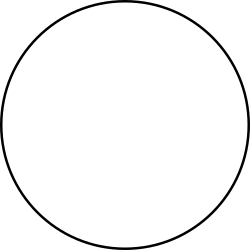Hilda familyThe Hilda family (001[1]) is an ancient collisional asteroid family of at least 409 known asteroids,[2] named for its largest member, the 170-kilometre (110 mi)-across asteroid 153 Hilda. It lies within the larger dynamical group of Hilda asteroids, a group of asteroids in the 3:2 orbital resonance with Jupiter. All members of the family are dark P-type asteroids with albedos of around 0.06. Another asteroid family in the Hilda dynamical group is the Schubart family, named for its largest member, 1911 Schubart. An asteroid family is a group of physically-related asteroids usually created by a collision with an original larger asteroid, with the fragments continuing on similar orbits to the original. This is distinct from a dynamical group in that the members of a dynamical group only share similar orbits because of gravitational interactions with planets, which concentrate asteroids in a particular orbital range. Members of the Hilda family are both part of the wider Hilda dynamical group, and fragments of 153 Hilda. The family is considered a non-catastrophic asteroid family because 153 Hilda, its largest member, makes up nearly 3/4 of the family's total mass, rather than simply being the largest of a number of fragments each making up a small fraction of the original destroyed asteroid.[3] The family is believed to be one of the oldest collisional families ever discovered, with an estimated age of likely 4 billion years.[4][5] Models based on the modern Solar System indicate it being very unlikely for an asteroid as large as 153 Hilda to suffer a collision large enough to create its family, even over the course of billions of years of encounters with other asteroids, leading to a 2011 study to propose that the family-creating impact event happened during the Late Heavy Bombardment, when impact rates in the Solar System were briefly much higher.[6] Large members
Mass distribution of the Hilda family (assuming similar densities)
References
|
Portal di Ensiklopedia Dunia














